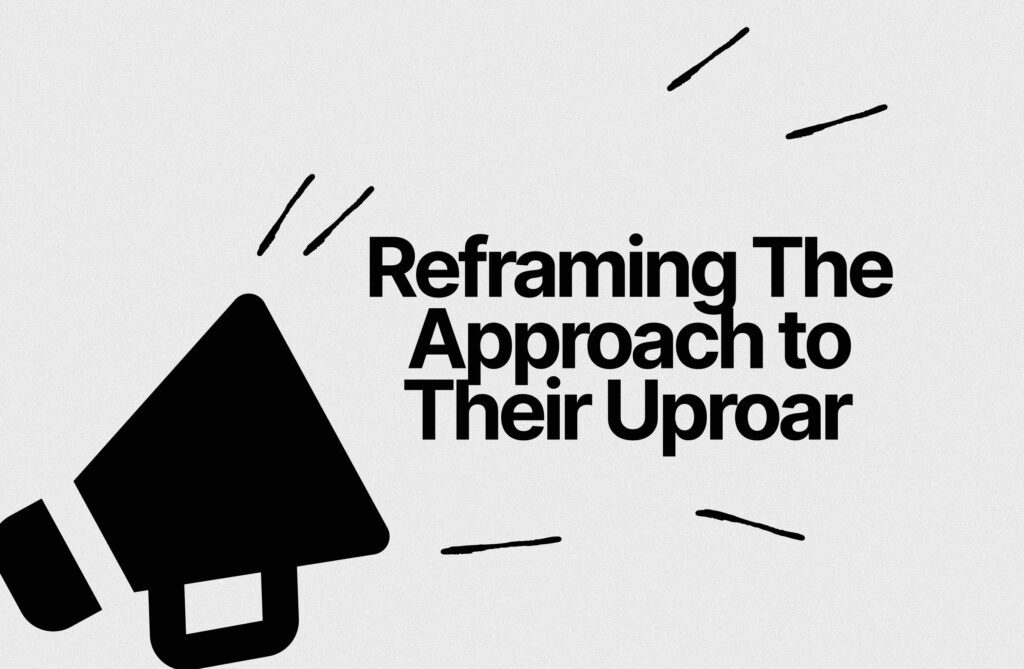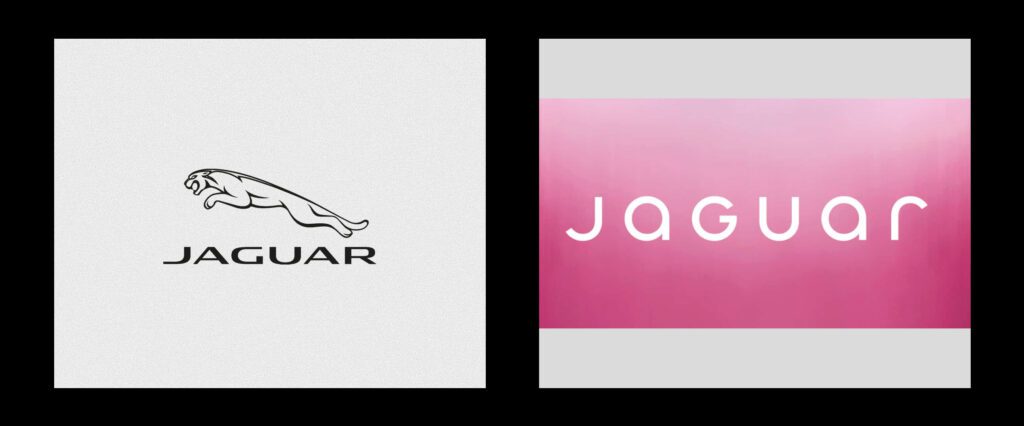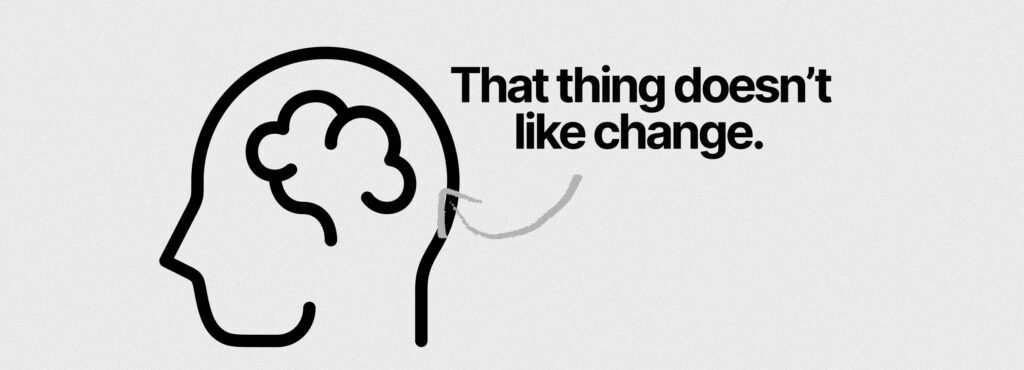What used to be comment sections only filled by related industries and other designers has now turned into a forum for everyday people to have an input into what these larger companies are doing with their visual identity rebrands.

What used to be comment sections only filled by related industries and other designers has now turned into a forum for everyday people to have an input into what these larger companies are doing with their visual identity rebrands.
This is a profoundly positive thing, branding is about the consumer audience anyway. It wasn’t too long ago when no one really cared what you did with your logo. So then why does it feel like everything has turned so negative? Isn’t this what we wanted- consumer input given freely?
From hate comments on Walmart’s logo refresh to more recently the president commenting on Cracker Barrel’s rebrand. Something needs to be done.
We need to reframe our approach to branding uproars, make space for criticism and stick to what makes your business who it is.
In order to reframe the approach to these uproars, we have to understand what people are truly angry about.
Late State Consumerism

In a world of “live fast, work harder, consume more”, audiences are exhausted by the constant demand of their attention of what companies are up to and the fake relational communication that disguises sales tactics.
Everywhere people turn there is something new and better. From new products, to new companies, now the brands they knew from their childhood are also updating into newer and better?
It’s exhausting for consumers to try to keep up- and naturally creates a disdain for the next “innovative rebrand” on the scene.
Abandonment of Heritage

Speaking of brands people know and love from their childhood changing… audiences are clearly upset at the loss of heritage.
Jaguar leaving their iconic growler logo and symbol is a representation of a loss of heritage and familiarity that consumers are becoming frustrated with. The newest object of hate was the Cracker Barrel rebrand. Changing their iconic visual identity into something flatter- more minimal to suit an evergrowing digital world.
Often consumers knew these brands from the past. Having memories of what the company’s heritage represents in their mind. The removal of symbols that cause a brand to resonate within our hearts is starting a fire for audiences.
Fear of Change

We simply don’t like change, good or bad. Change is filled with uncertainties. When confronted with change we don’t understand or like, we have an innate resistance within us.
We desire to stick to how things were, used to be and how its always been. It’s safer to not change, and when we feel that change is a threat to what we love, we often hate it.
But, the world is changing faster than ever. Older companies have to adapt to meet the hyper-trend lifestyle that these newer companies and consumers are creating.
Now we have a better understanding as to why people are angry. How can we contextualize audience feedback into something positive- and into value based decision making for companies rather than fear?

Be Curious About Criticism
While it might sound impossible at first- being curious about someone’s criticism, it is possible to approach criticism differently. Treat it like a muscle, where the more you exercise it the stronger it gets.
Try to look at their criticism as multifaceted. Here are questions to ask yourself when you’re approached with criticism to your rebrand:
Effective Feedback vs. Trolls
While it’s important to be curious about criticism, it’s important also to understand that there is a difference between effective and ineffective feedback (trolling).
Sometimes people are angry at things they don’t understand, for example, Walmart did a minor refresh to their logo and colors to modernize their stores and all people saw was the small logo change and started hating. Not realizing they made a strategic decision to make a minor change that doesn’t interfere with heritage, so that they can update all of their stores, prints, advertisements and online presence to match the modern expectations.
People can be trolls. Try to be curious about their feedback, so that you can understand what matters and what is maybe a misunderstanding.
Stick to What Makes Your Company Who It Is
It’s about making a natural evolution on who your company is and matching it to adapting consumers. Try not to let go of these things in the process:
This approach might not be the perfect approach to changing your response to a rebrand uproar as a company, but it is a starting point to guiding you back to your values as a business.
It’s about no longer reacting out of fear of loss, and making sure your future decisions are aligned with what your business wants to be, and what it needs to do in order to go where you’ve charted.